AI Rank Tracker: Boost Your Brand Visibility in ChatGPT, Gemini, Perplexity & More — Now Available 🚀
AI Rank Tracker: Boost Your Brand Visibility in ChatGPT, Gemini, Perplexity & More — Now Available 🚀
The right keywords lie at the intersection of your audience’s pain points and the solutions your business provides. Here are five ways to find them.
Audience research helps you discover the type of information your target audience is searching for — like the questions they are asking about a specific topic or the general conversations around their pain points.
There are several ways to conduct audience research:
Use SEO auditing tools like Seobility to discover the search terms your competitors are ranking for in the search results.
Seobility allows you to compare your website’s domain to direct competitors to discover:
You input your URL and that of the competitors as we did in the image below:
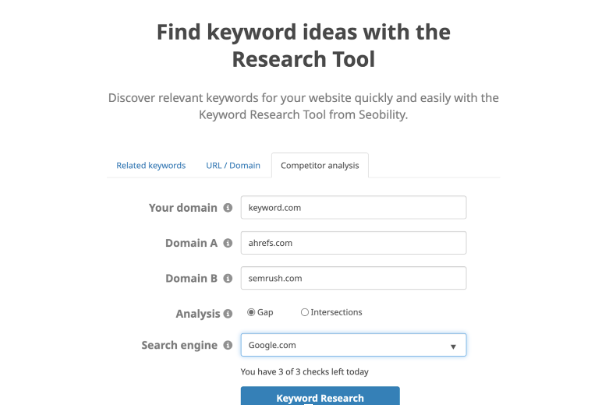
And you’ll get result like this:
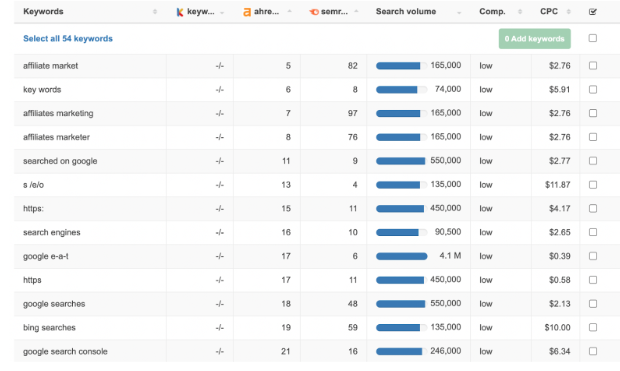
Pull all of this information into a rough keyword list.
Keyword volume lets you know how many people in a particular location are searching that keyword term within a specific period — like a month or a year. On the flip side, difficulty lets you know how hard it will be to rank high for a particular search term.
Ideally, you want to choose a keyword with a high search volume and low to medium difficulty. This way, you can rank high for it and drive valuable traffic to your website. To effectively monitor your progress and visibility for these chosen keywords, especially in the evolving AI-driven search landscape, consider using an AI Rank Tracking tool like Keyword.com.
Google has free tools like Keyword Planner and Trends that show search volumes for different terms in specific locations. For example, we input “content marketing” into the Google Trends search bar, set the location, and we can see the search volume for that keyword.
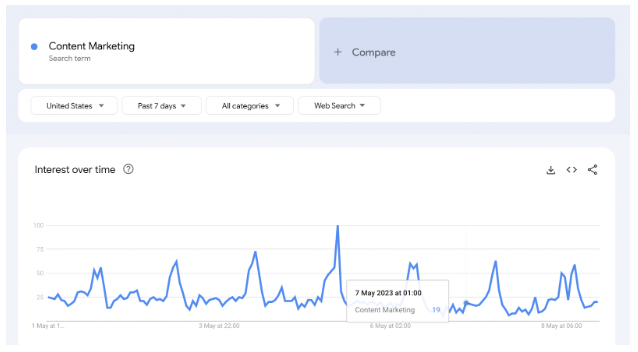
For narrower keyword volume data, consider using a third-party tool like Seobility. This tool will also show you the relative competition (difficulty) of each keyword.
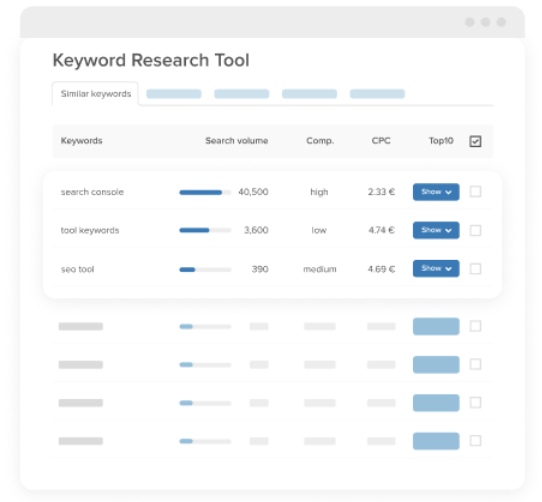
Using the data from your keyword research tool, rearrange the terms on your list based on the lowest difficulty (competition) and easiest to rank for.
Search intent is what the audience searching for a particular keyword expects to see in the search results. It has four broad categories:
Search engines use intent to provide relevant results for different search terms. This means that the closer your content matches the keyword’s search intent, the more likely it is to rank high in the SERPs.
You can analyze search results manually to discover their intent. Simply enter the keyword into the Google search bar and look at the types of responses you get. For example, let’s compare the results of these two keywords:
The results of the first keyword are guides explaining the fundamentals of content marketing. Therefore, the keyword is informational.
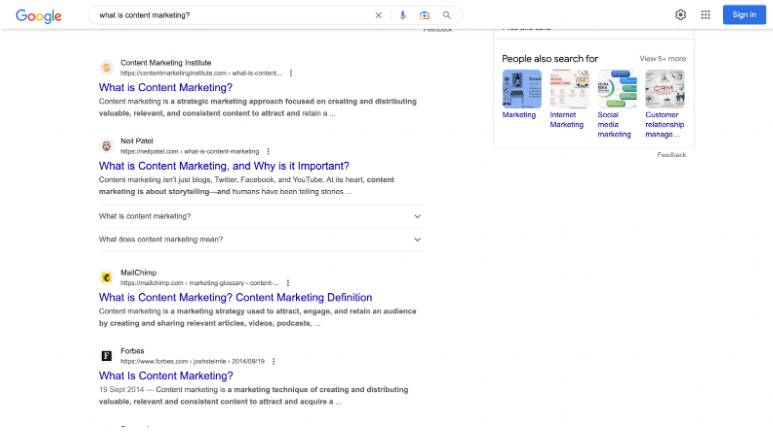
The results of the second keyword are listicles explaining the pros and cons of different tools, their pricing plans, and a high-level explanation of how they work. Therefore, the keyword is commercial.

Alternatively, use tools like Keyword.com to view the intent categories with your keyword data automatically. These tools are also becoming increasingly sophisticated in understanding the nuances of search results, including the appearance of AI Overviews, which can significantly impact your visibility (check out our AI Overview Tracker here).
Once you’ve published content pieces for your original keywords, you can set up automatic keyword suggestions with Keyword.com. With this, you can automatically discover new keywords to target with subsequent content pieces.
All you need to do is connect your Google Search Console to keyword.com. Then set up parameters for new search queries — such as geolocations, impressions, and click-through rates. Keyword.com will automatically add keywords that match these criteria to your project. This is particularly useful for understanding your local search performance, and you can gain even deeper insights by tracking your rankings within specific geographic areas using a dedicated tool like our Local Rank Tracker.
Overall, the keyword research process is pretty straightforward. Focus on finding the sweet spot where:
This way, you can rank for terms that actually move the needle for your product or service. Once you know which keywords to track, a rank tracker will keep you in check and help you maintain the same (or better) positioning to boost authority.